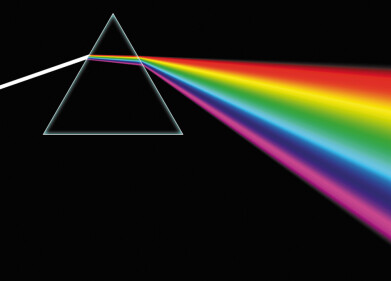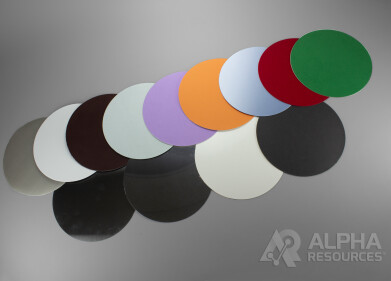Mass Spectrometry & Spectroscopy
What is Delusional Infestation?
May 02 2018
For 27 in every 100,000 people, delusional infestation is all too real. The condition, also known as Ekbom's syndrome, describes the deep-set conviction that the skin is contaminated with insects, pathogens or inanimate objects. Of course, conviction is the key word, with delusional infestation labelled as a psychiatric condition. According to dermatologists at Rochester's Mayo Clinic, delusional infestation is on the rise.
Findings from a recent population-based study were published in JAMA Dermatology and warn that the syndrome isn't as rare as previously thought, with around 27 in every 100,000 people diagnosed with the condition. This represents a significant increase from the one in 100,000 figure that was previously reported.
"To our knowledge, this study is the first to report population-based delusional infestation prevalence. The overall prevalence is considerably higher than other prevalence rates. Our findings indicate that delusional infestation prevalence may be underreported," reads the report.
Afflicted with creepy crawlies
Insects, worms and parasites are some of the most common complaints, with other patients convinced their skin is infested with inanimate materials like fibres. It can be excruciating for the victims, who often feel like the bugs are crawling, biting and burrowing into the skin.
“It’s like aliens have infested their skin,” explains Mark Davis, a dermatologist at the Mayo Clinic.
It's not uncommon for victims to also believe that the bugs have infested their homes, which can lead to social isolation. In a recent case study examined by the Mayo Clinic a woman had estranged herself from her family and friends claiming she didn't want to pass on the infestation.
A fine line between psychiatric and physical
Treatment can be difficult, as patients are often reluctant to accept medical evidence suggesting the infestation doesn't exists. Most also resist psychiatric evaluation, which is often the most effective form of treatment. In some extreme cases patients can resort to DIY treatments, including bathing in kerosene, ingesting bleach or cutting the skin.
Unsurprisingly, conditions like schizophrenia, dementia and other psychiatric illnesses are common triggers of delusional infestation. Illicit substances like amphetamines or cocaine can also trick the brain and create the illusion of a parasitical infestation.
From diagnosing skin cancers to laser tissue treatments, spectroscopy has emerged as an important tool in the field of dermatology. Offering a closer look at one of its many applications, 'Avoiding Pitfalls During NIR Spectroscopy Analytical Method Transfer' spotlights the latest analytical technique for qualitative and quantitative analysis of various products in both research and industrial applications.
Digital Edition
Lab Asia 31.6 Dec 2024
December 2024
Chromatography Articles - Sustainable chromatography: Embracing software for greener methods Mass Spectrometry & Spectroscopy Articles - Solving industry challenges for phosphorus containi...
View all digital editions
Events
Jan 22 2025 Tokyo, Japan
Jan 22 2025 Birmingham, UK
Jan 25 2025 San Diego, CA, USA
Jan 27 2025 Dubai, UAE
Jan 29 2025 Tokyo, Japan



















